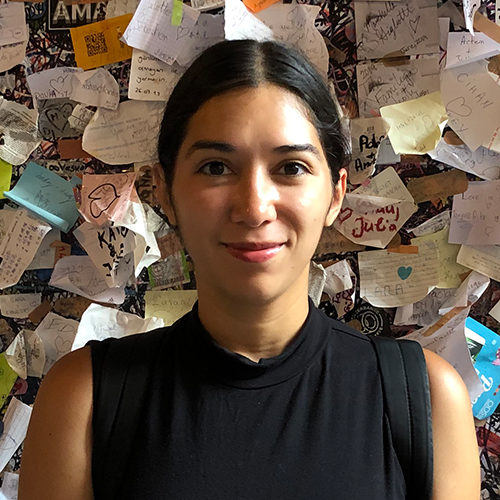 Elementary Classrooms
Secondary Classrooms
6 Poems about Community to Supplement Your Reading Curriculum
Elementary Classrooms
Secondary Classrooms
6 Poems about Community to Supplement Your Reading Curriculum
Planning a poetry unit for your English Language Arts class this semester? Inspire engaging classroom discussions with poems about community.
For youth, it’s important that they know where they can find a community, so that they can enrich their lives with friendship and develop a strong sense of self. In CommonLit’s digital library, you will find thought-provoking poems that show how community can be found through identity, language, location, and many other influences. You can build a standards-aligned ELA curriculum and reel in students for enthralling classroom discussions starting with these poems.
"Peaches" by Adrienne Su (5th Grade)
Born and raised in Georgia, author Adrienne Su tells the story of a child with Chinese immigrant parents who shield her from knowing the sacrifices they made to provide for their family. Although the speaker tells people she's from the Peach State, she’s often asked the follow-up question, “But where are you from originally?”Rich with symbolism, this poem explores the challenges of immigration and the meaning of belonging, intertwining identity with community. To support student reading comprehension and ensure that they understand the text, students can use CommonLit’s guided reading mode for support, which features guiding questions like, “How is the speaker's family different from other families?”
"Masks" by Shel Silverstein (5th Grade)
In Shel Silverstein’s “Mask,” two people wear masks to hide their blue skin as they look for others who also have blue skin. Looking their whole lives, the two people pass each other without notice because they are both wearing masks.
Renowned for his work in youth poetry, Silverstein reminds young readers to always be themselves to find their true friends. With this poem about community and identity, you can lead a meaningful classroom discussion with CommonLit’s discussion questions, including, “How does this poem help you think about what it means to be a good friend?”
"Gate A-4" by Naomi Shihab Nye (8th Grade)
Naomi Shihab Nye confirms the power of community and language in her poem “Gate A-4.” At the airport, the speaker answers a call for help when a woman who speaks Arabic worries that her flight has been canceled. On the same route, the speaker explains in Arabic that the flight has only been delayed, breaking a language barrier and soon developing a friendship with the woman.This poem shows how one’s identity comes with a community, and from that community, they can find friendship. For this poem, students can analyze how the author’s word choice develops the speaker’s point of view and take notes on the actions of other people at the airport as they wait for their flights.
"This Is Not a Small Voice" by Sonia Sanchez (8th Grade)
Although there is only one speaker in Sonia Sanchez’s poem about community coming together, the speaker asserts that her voice is not small, but rather powerful with the voices of other people echoing from their cities. Together, their voices are amplified in a collective effort to teach and heal.Rich with metaphor and imagery, this poem serves as a great literary text for demonstrating the powerful effect of community building and collective action. To ensure that students understand the nuances of this poem, you can evaluate their reading comprehension with CommonLit’s assessment questions, like, “How does the speaker’s personification of learning in lines 14-16 contribute to the poem?”
"No Man Is An Island" by John Donne (9th Grade)
Through his poem, “No Man Is An Island,” John Donne explains that every man is connected like countries in a vast continent, unlike a chain of small islands that stand alone. Because of their interconnectedness, all men are affected if one man dies, regardless of how many are in a community.
As your students read this poem, they can examine how the author incorporates figurative language to describe humanity as a community. You can supplement your ELA curriculum by pairing “No Man Is An Island” with other literary texts from CommonLit’s digital library.
"New Carolina City" by Sydney Hamilton (10th Grade)
The speaker in Sydney Hamilton’s visual poem describes New Carolina City as a community where everyone appears happy, and everything seems perfect. Hamilton’s specific descriptions of the city and its residents contributes to the idea that perfection is an illusion, and nothing is what it seems.
As part of a class exercise, students can investigate the author’s word choice and how it builds the theme of the poem. In addition, they can use CommonLit’s accessibility tools, including a highlighter and text box, so they can take notes as they read the poem and mark text as evidence for their reading assessments.
Next Steps
Looking for more engaging poems about community? Browse the CommonLit Library!
If you’re interested in learning all about CommonLit’s free digital literacy program for middle and high school students, join one of our upcoming webinars!

